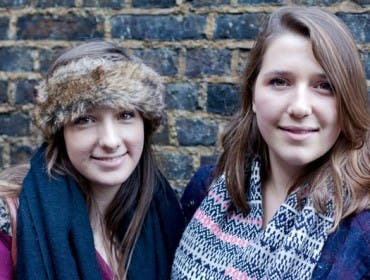When a person has a portrait made, they often ask the photographer to make sure they “get their good side.” But do people really have “good” and “bad” sides? You betcha!
The asymmetrical nature of faces means there is really is a “good” side and it’s the portrait photographer’s job to emphasize it. That along with retouching can produce a flattering—but not always realistic—image of the person being photographed. Yet few people complain if they look better in their portrait than they do in “real life.”
There really is a “bad” side!
Faces are not symmetrical and we really do have a “good” and “bad” side that photographs better or worse than the other side. Experienced models know this and will only give you what they think is their best side…but they’re often wrong. That’s why it’s a good idea, when working with a portrait subject, to shoot a few test shots and determine which side of their face looks best. Keep in mind that this pose may be lighting dependent, so what looks great under directional lighting may look completely different under soft or flat lighting. The important thing to remember is that even drop-dead-gorgeous subjects have a good side and a bad side. Learn early in the session which side works best.

Here is a set of images made during a session where I photographed a subject from different angles. It doesn’t hurt that she’s beautiful—not matter which way you photograph her—but you will see a difference between the left and right side of her face. The lighting is the same for both photographs and the same camera and lens were used. In the first image she is posed with her face in the same direction as her shoulders, which is usually not the best way to create a dynamic portrait but works here.

This is a cropped version of the original image that I made so that you could compare the next shot with the subject’s face at a similar head size. Shot with a Nikon D90 and AF-S Nikkor 18-105mm f/3.5-5.6 VR lens that produces the 35mm equivalent of 27-157.5mm focal length with the D90. Exposure was 1/50 second at f/13 and ISO 200. Cropped this way, the original image also works as a headshot!

This image was cropped in camera they way you see it and the subject still looks beautiful when turning her head in the opposite direction as her shoulders, but if you compare the two images, she looks slightly different (but still fabulous). I asked her to bring her hand up to her face and she did this with great delicacy. Tip: One way to get this look is to tell the subject to barely touch her face, not push against it, which can cause unattractive bulges and distortions. Here’s it’s perfectly done, a textbook example.
Joe Farace is the author of “Studio Lighting Anywhere” which is available from Adorama



